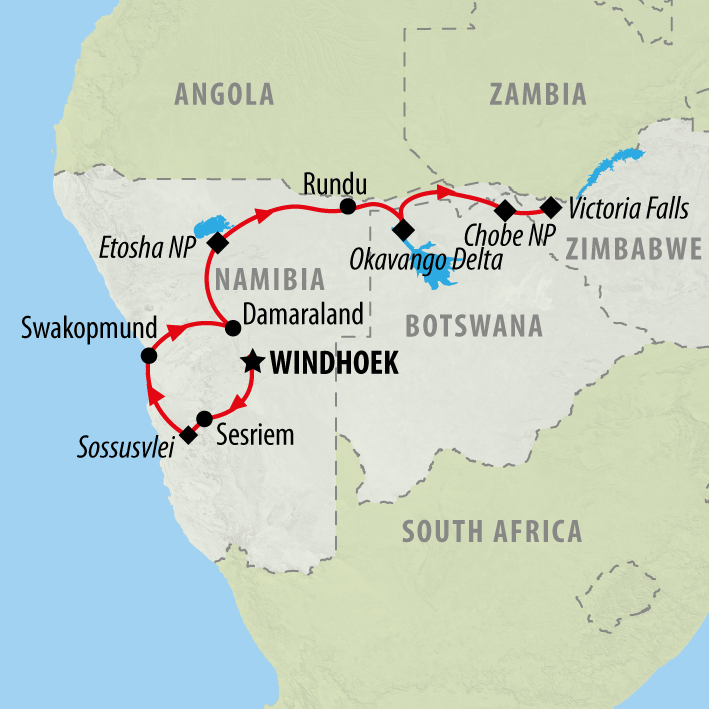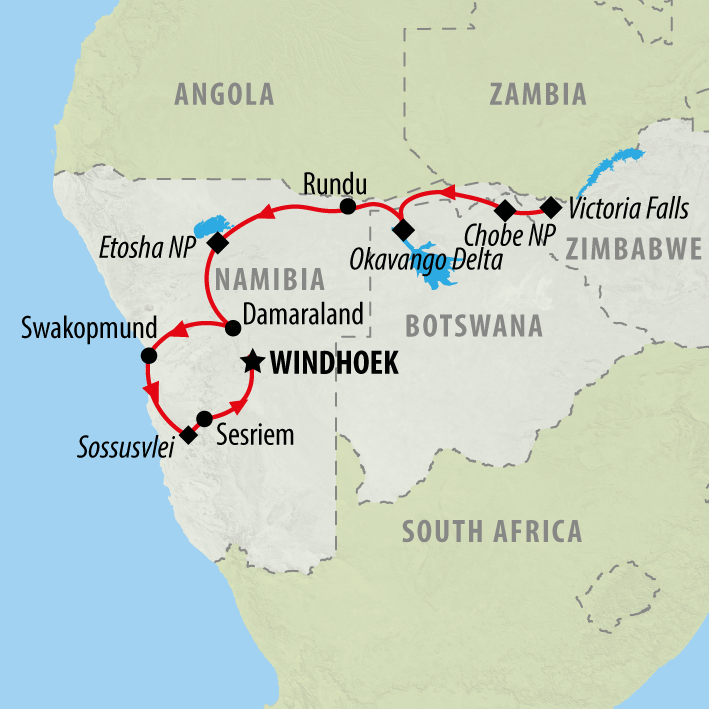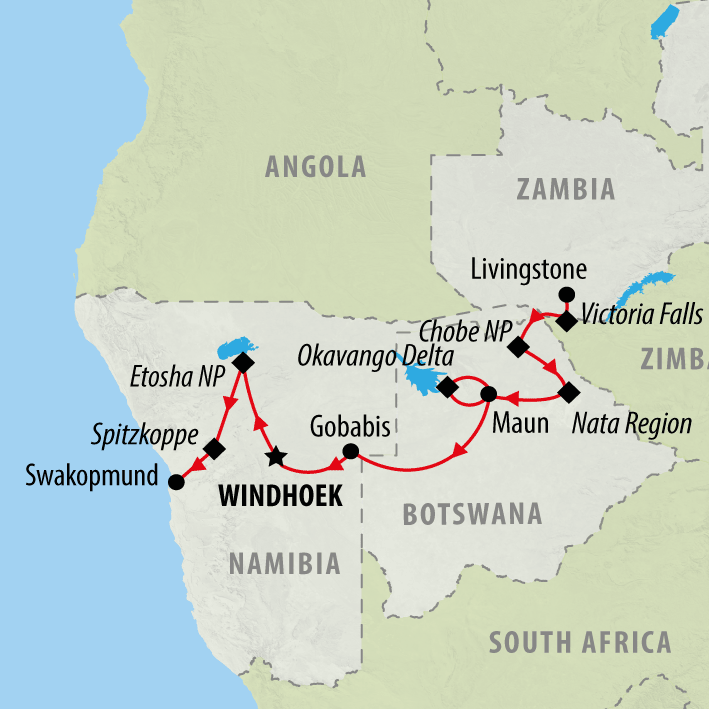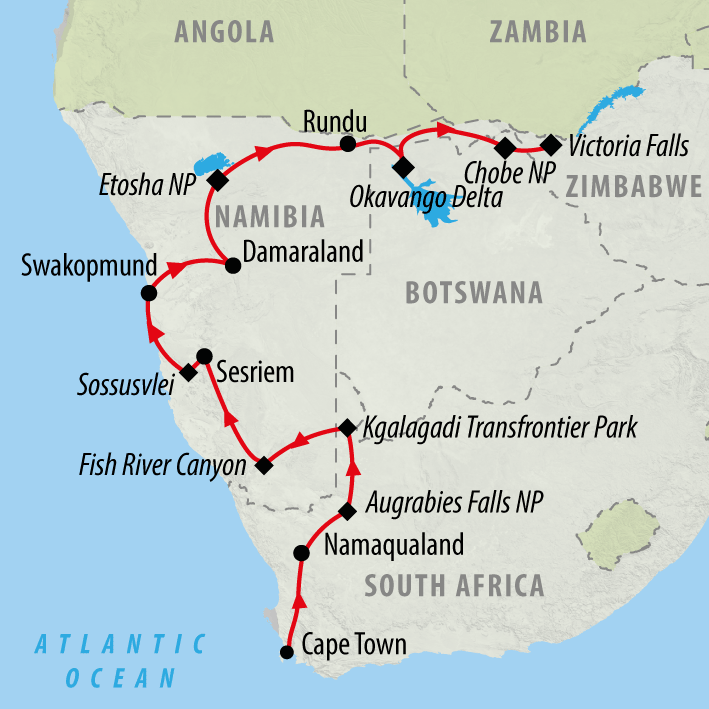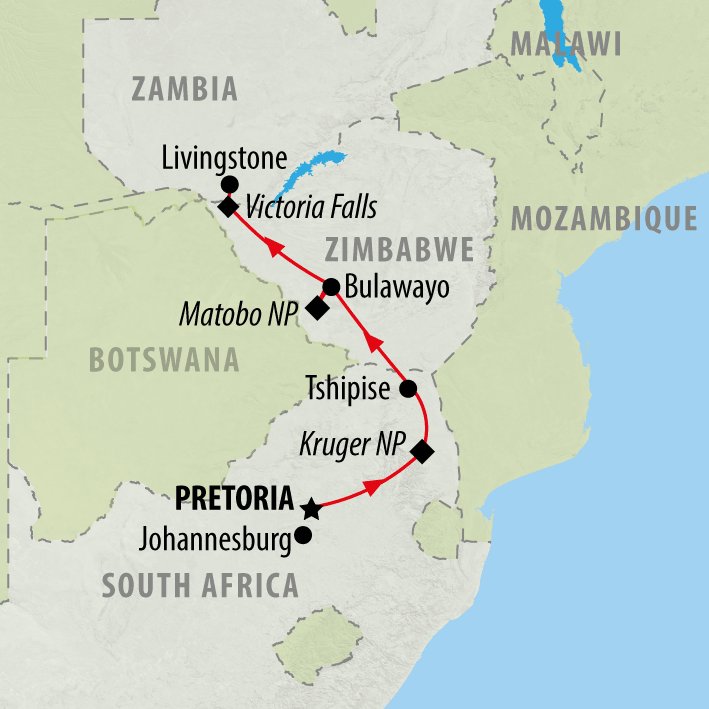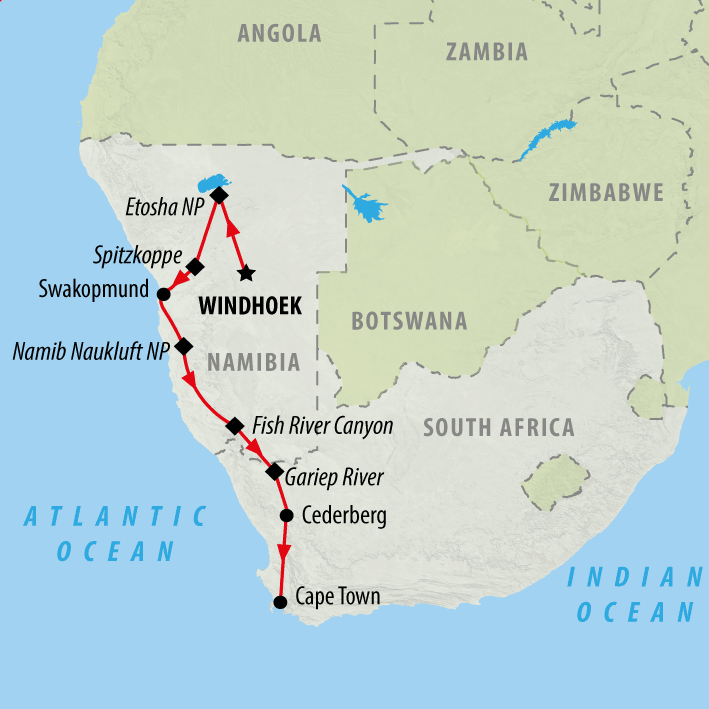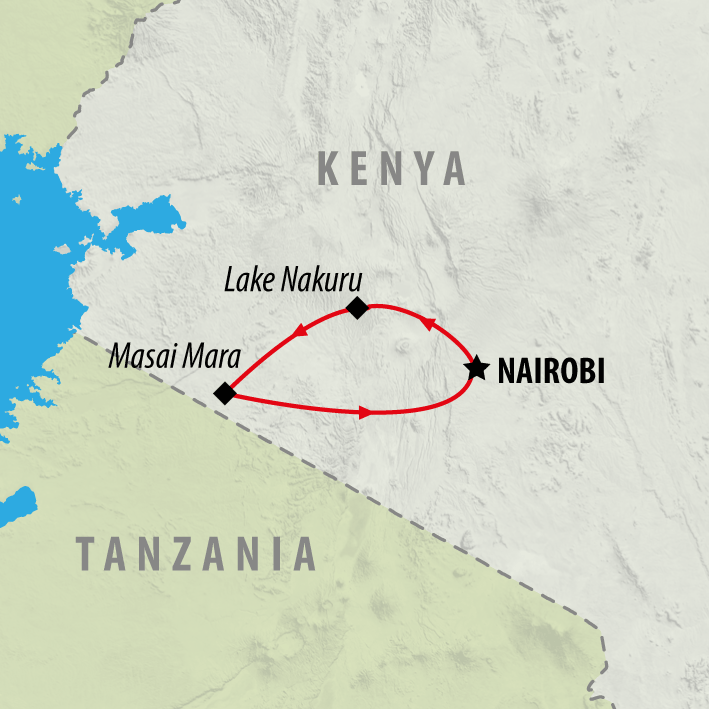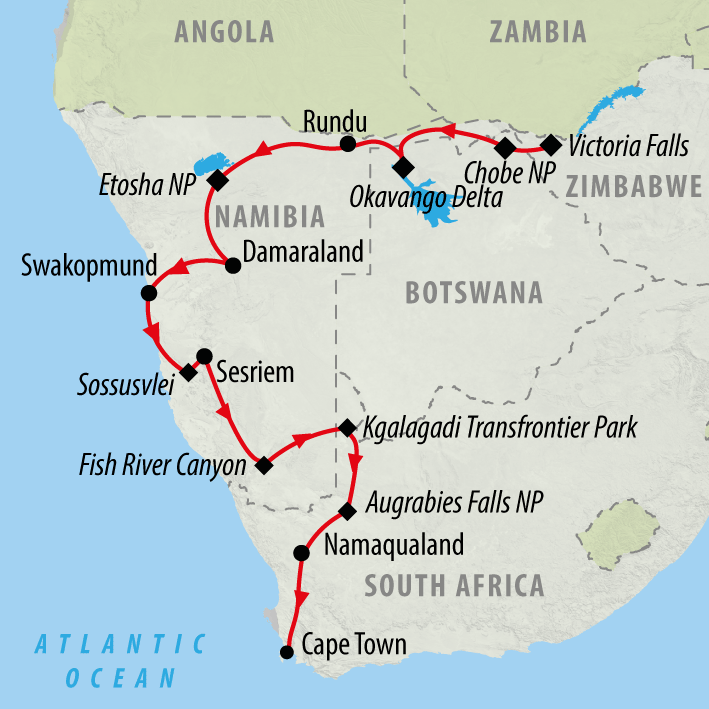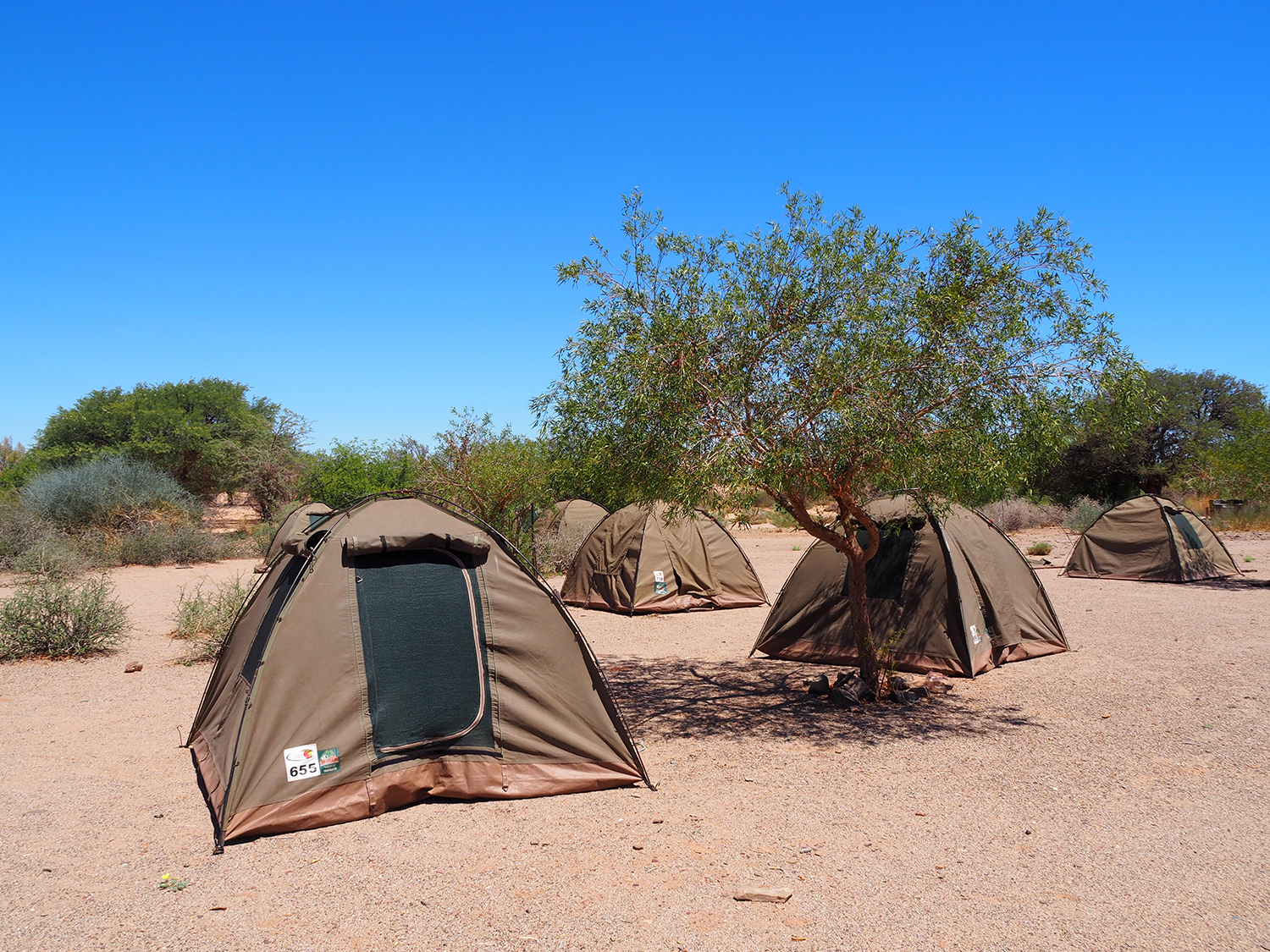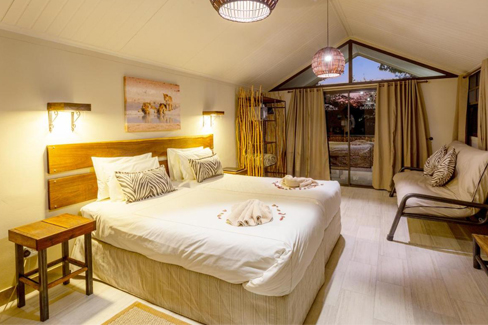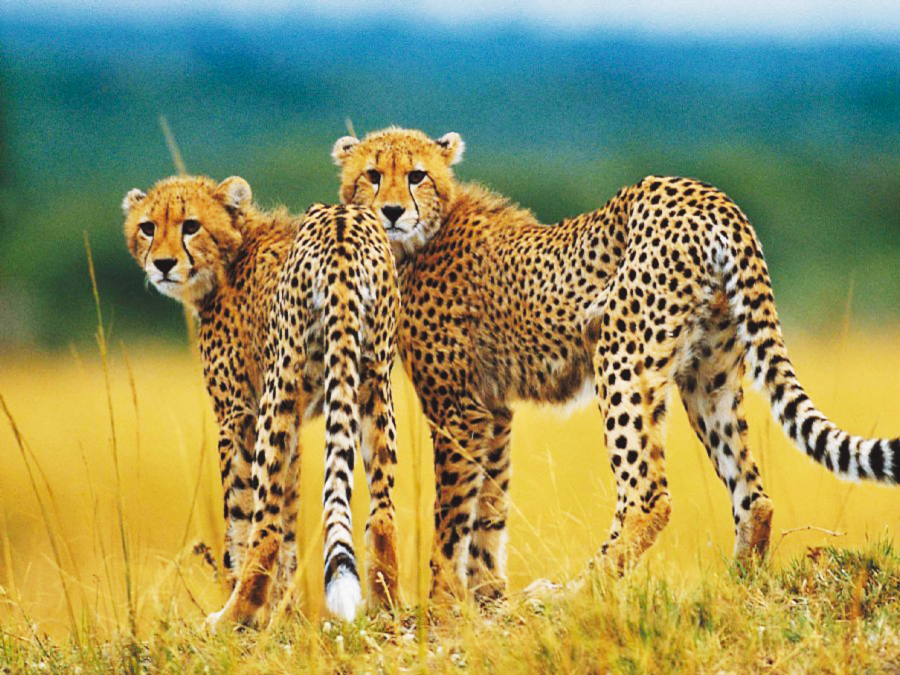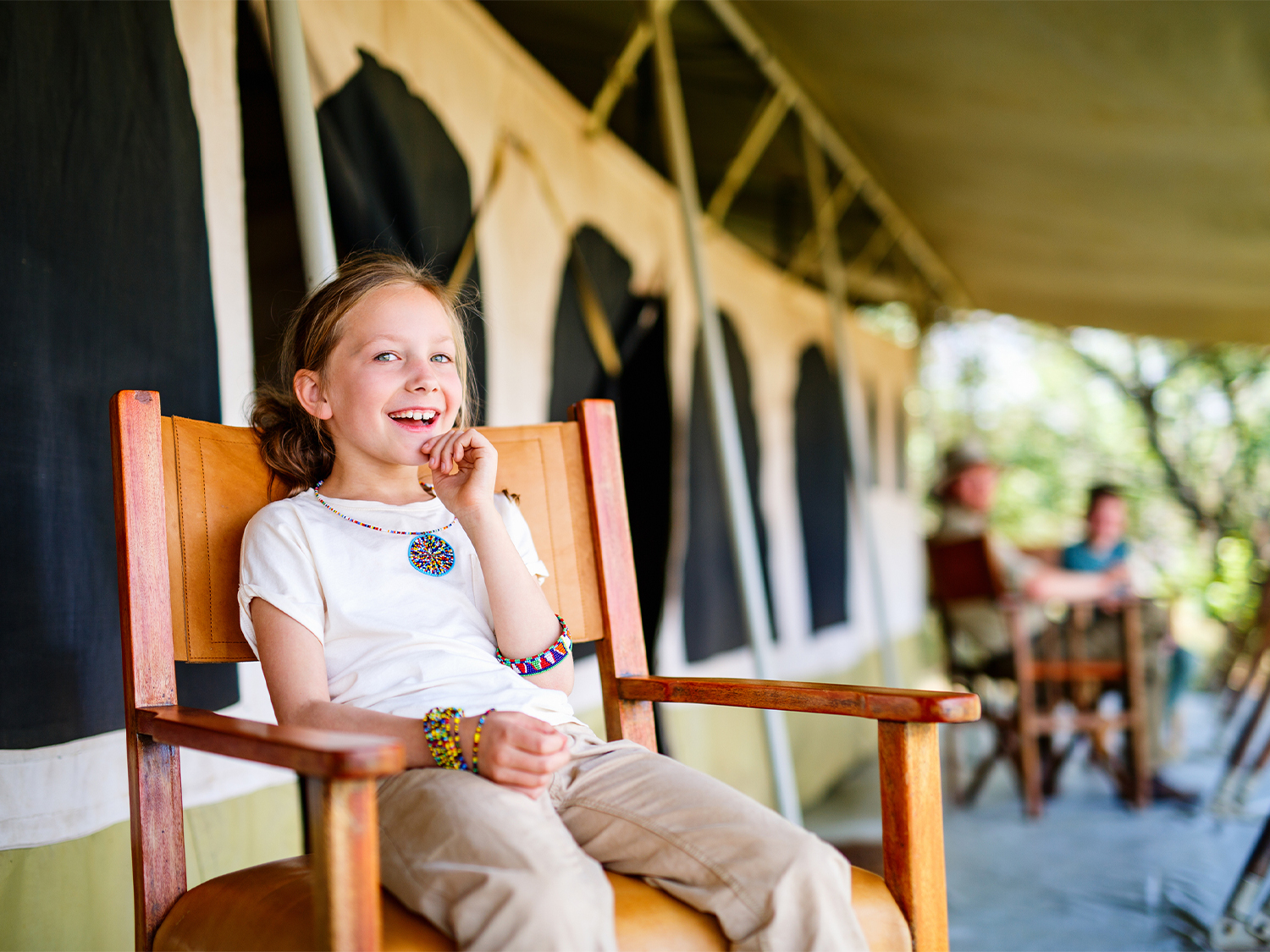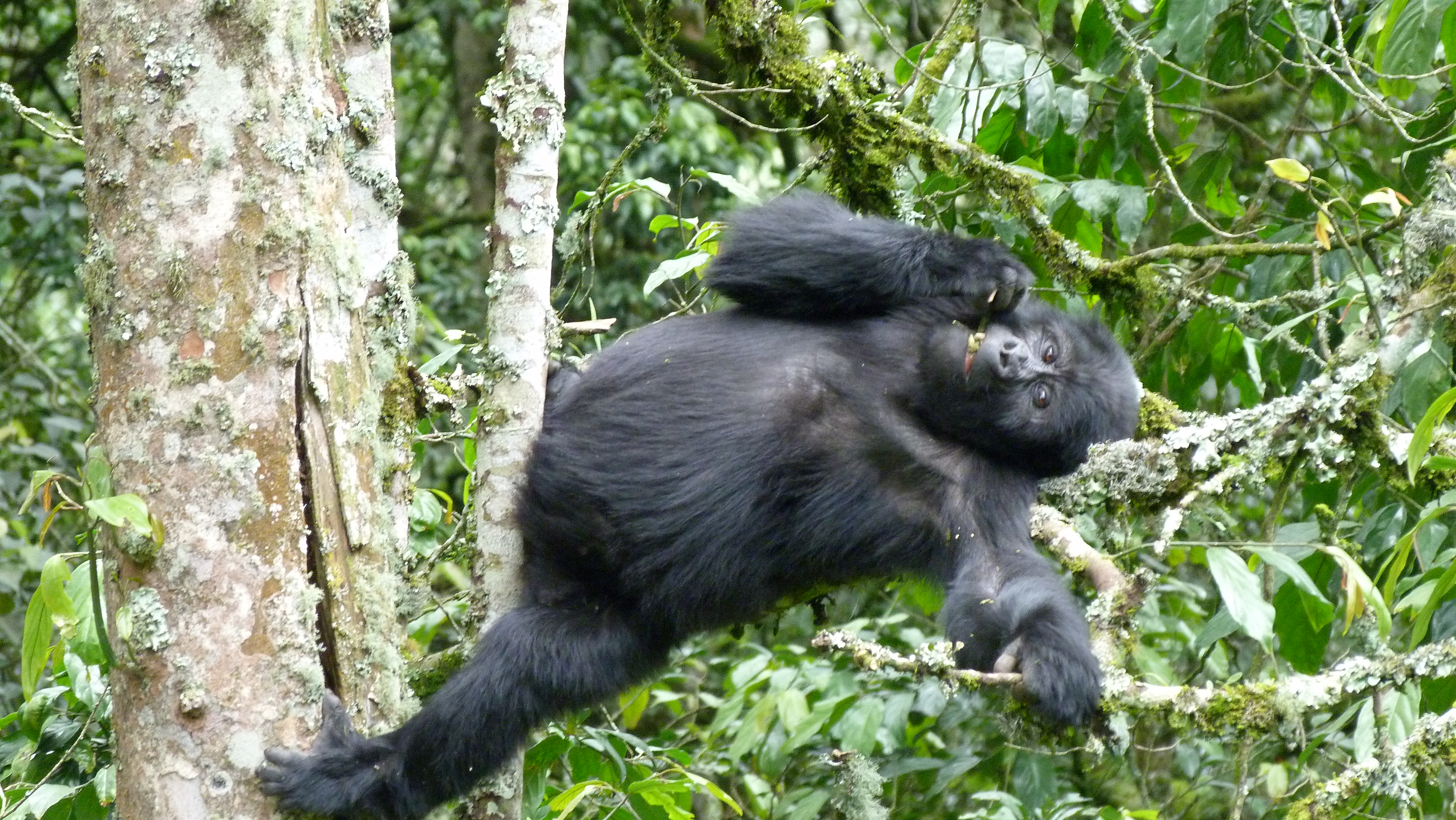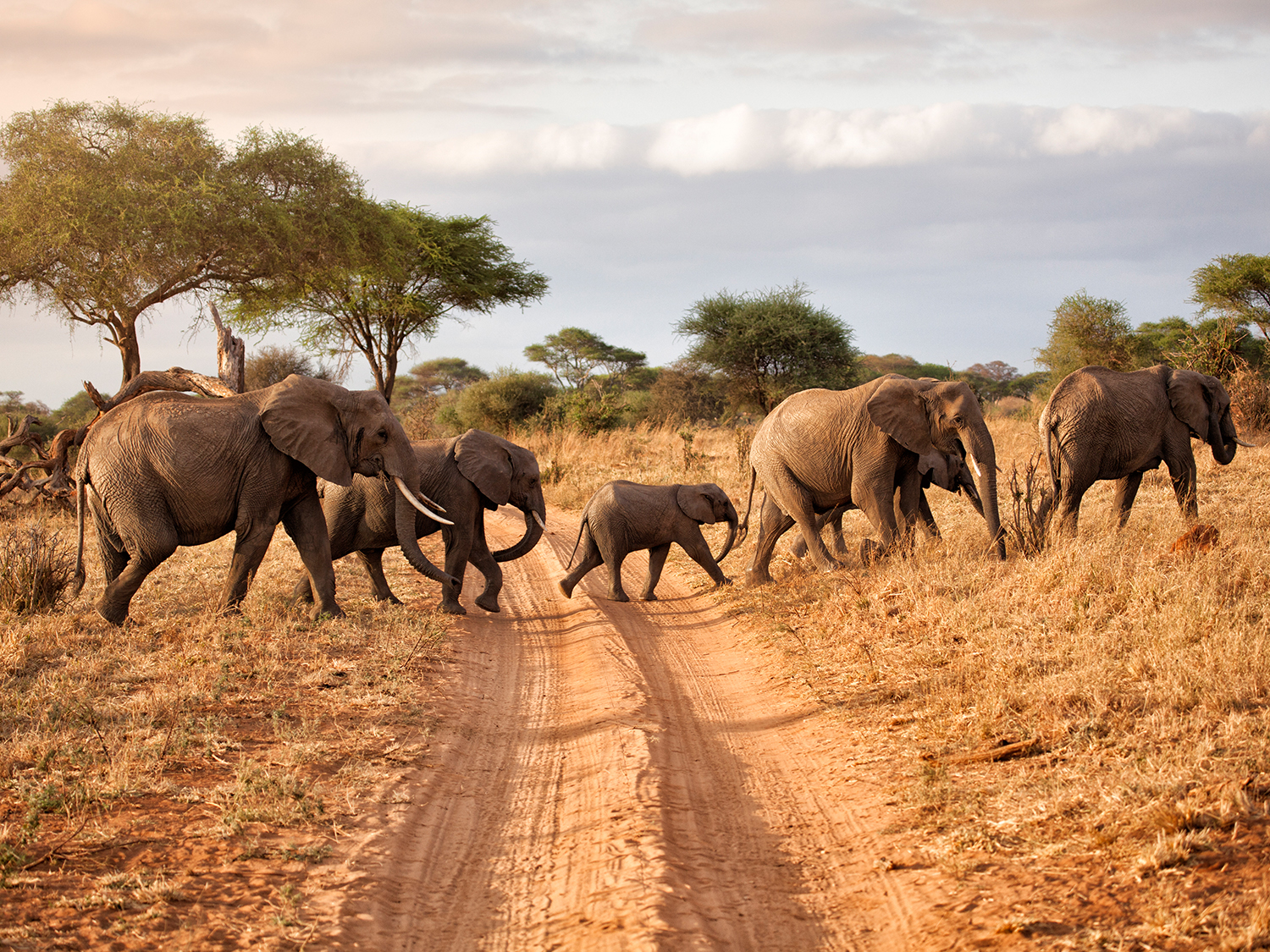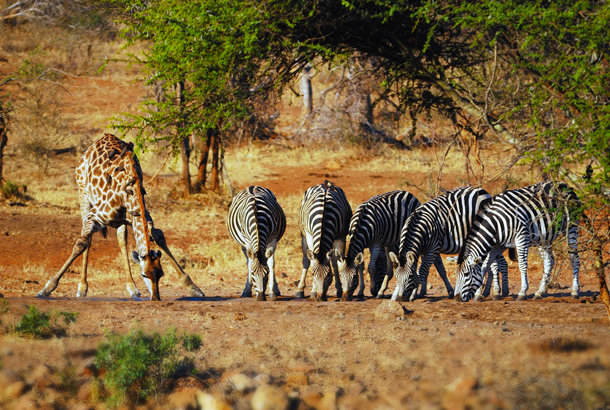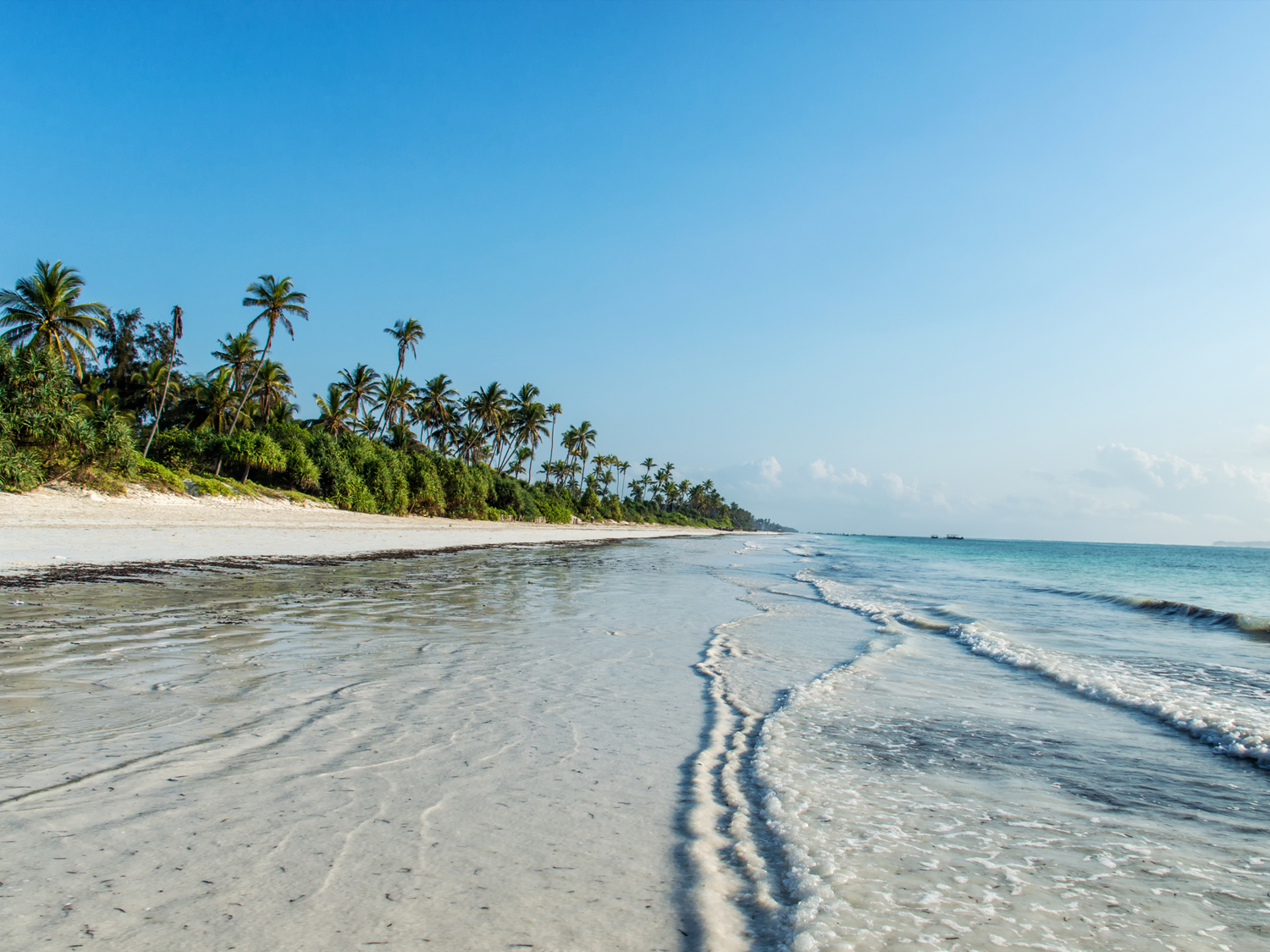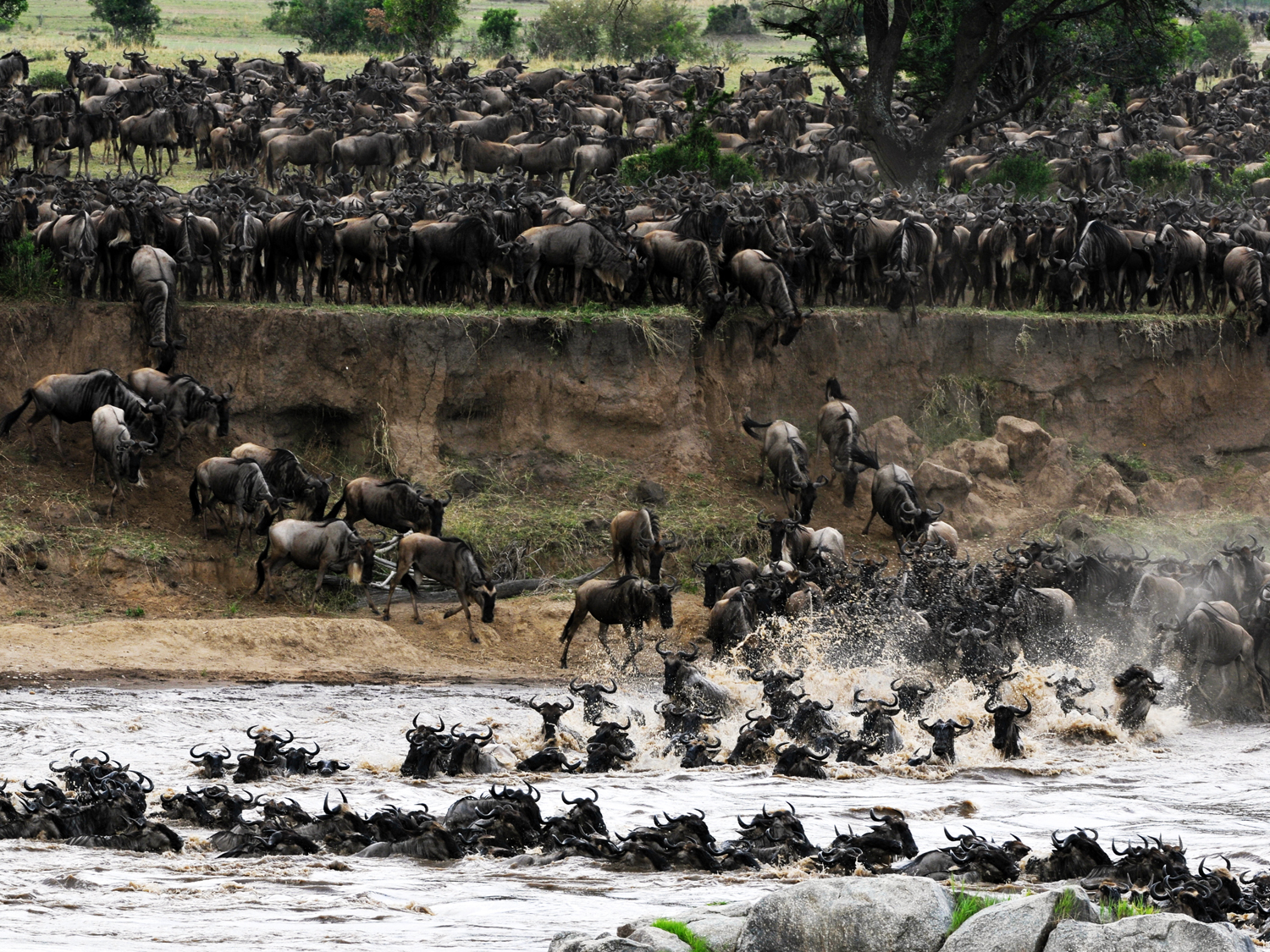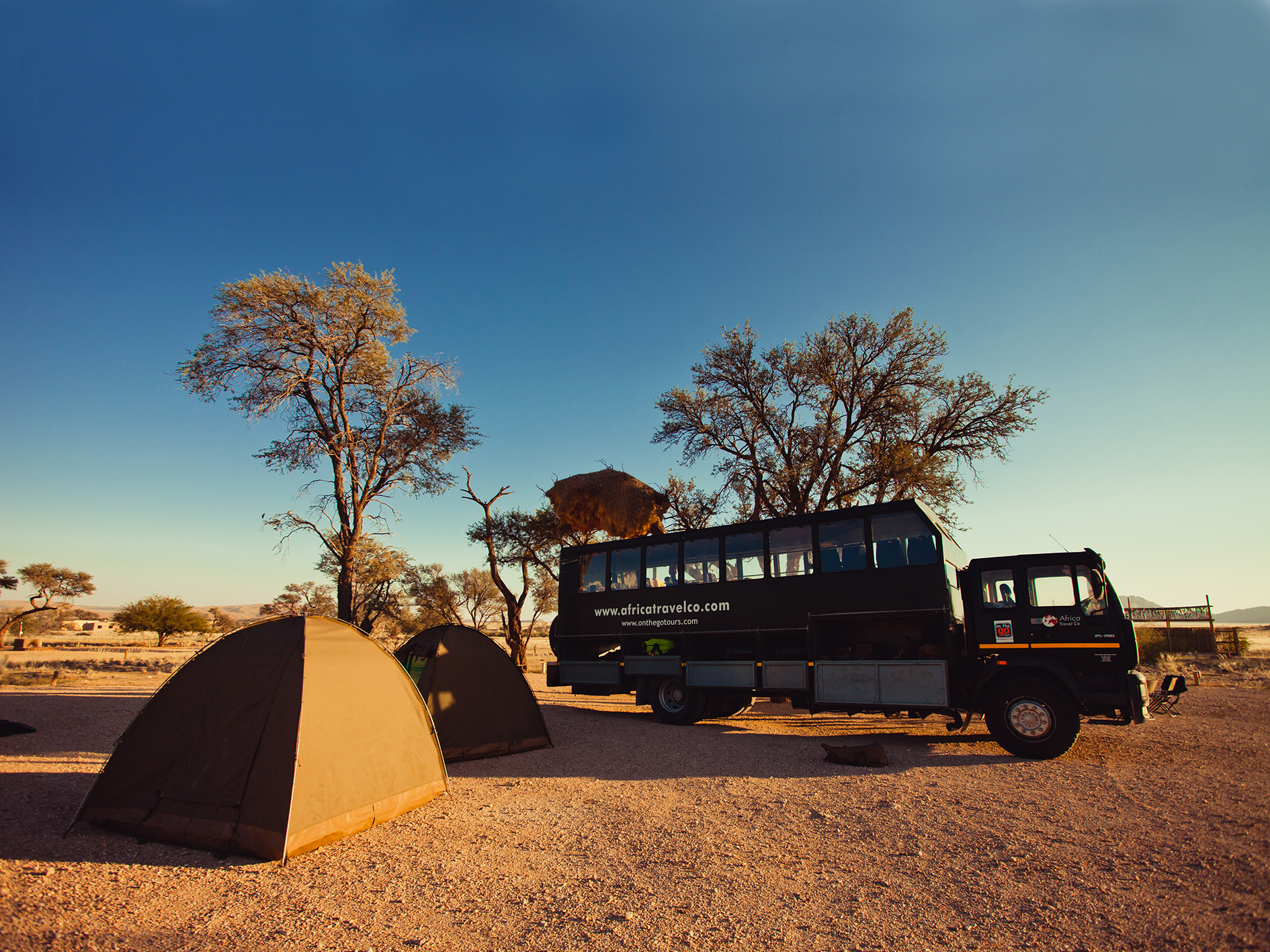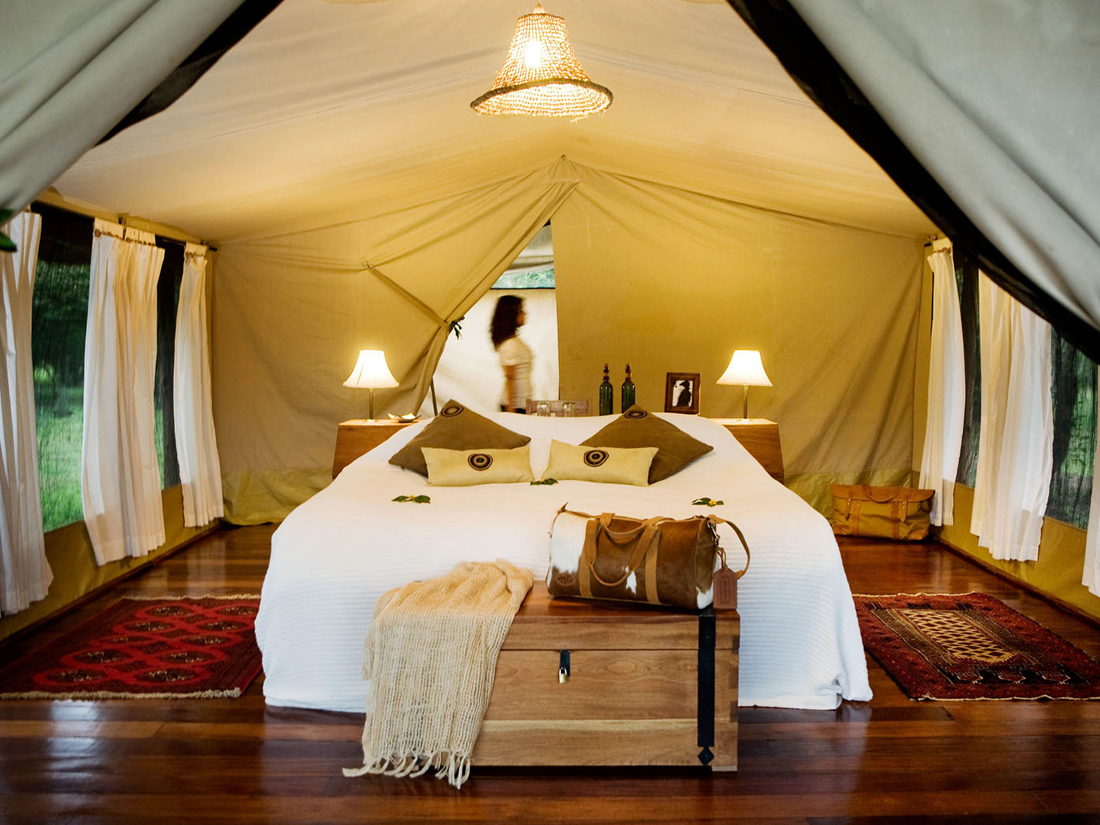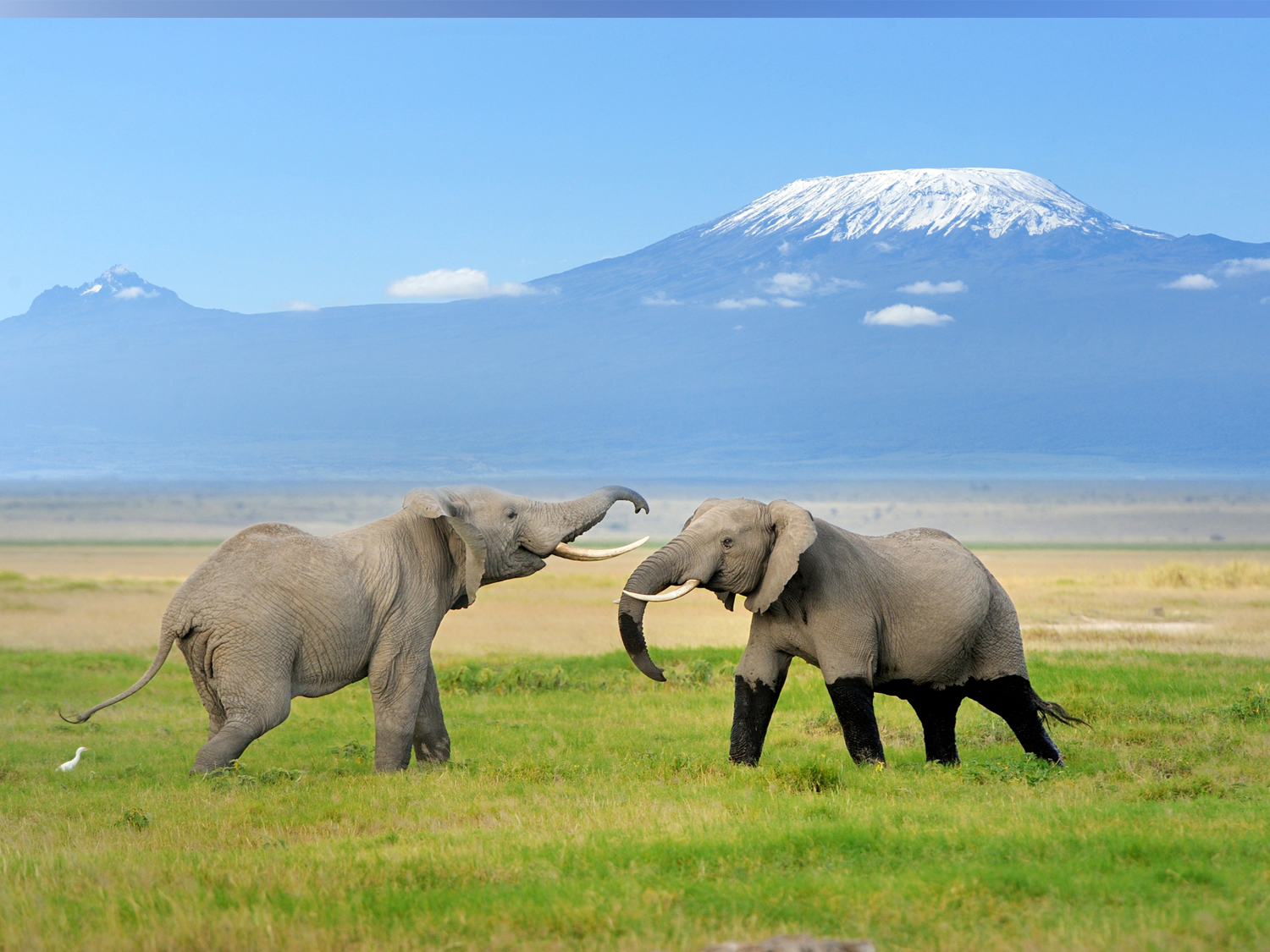Big Five Safari ToursDiscover Africa's Big Five: Guided Safari Adventures with On The Go Tours
When do you want to go?
2024
I'm flexible
Passengers
Adults (18+)
Children (0 - 17)
What are the Big Five?
If you're heading to Africa on safari, then chances are you're looking forward to spotting some of the continent's incredible wildlife. And it doesn't get more incredible than the Big Five. The lion, leopard, elephant, rhino and buffalo earned this name in the early 20th century. This is because they were the prime targets for wealthy big game hunters who came over from Europe and beyond to hunt these wonderful animals. Thankfully, these days are largely behind us, and Africa's natural wonders instead earn big bucks for the continent through tourism, helping wildlife and people to thrive. Here's our guide to where you can spot the Big Five on safari.
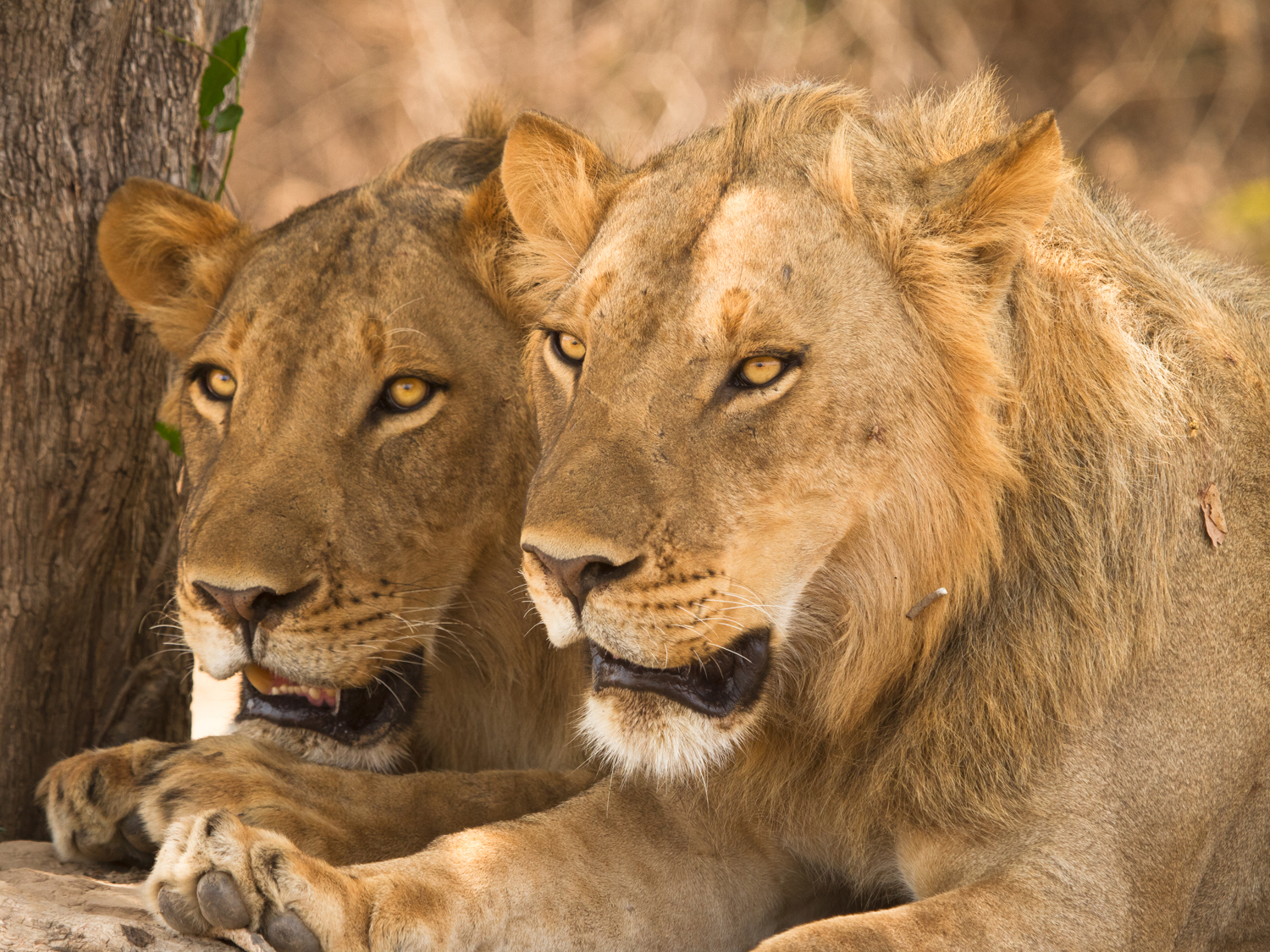
Best places to see Lion
Without doubt the most famous of the Big Five, the ‘King of the Savannah’, the ‘King of the Beasts’ and interestingly the ‘King of the Jungle’ – even though they don’t actually live in the jungle! Of all the big (and little) cats, the lion is the only species to exist in groups, known as prides. These prides consist of anything from 15 to 40 members of mainly related females and their young plus one dominant male who has won their place in the pride through fierce battles with rival males. They are territorial animals and the females do the (excuse the pun) lion’s share of the hunting. Generally, how lion society works is for the females to provide and the male to protect – hence once the kill has been brought to the pride, the male will get to eat first, followed by the cubs and then the females get what is sometimes just the scraps!
Our picks for spotting lion
Kruger National Park (South Africa): Without doubt, South Africa’s premium National Park, Kruger is home to all of the Big Five. Estimates suggest there are about 1600 lions in the park and the best spot to see them is around the Satara Rest Camp towards the east of the park.
Serengeti National Park (Tanzania): Also home to all of the Big Five, the endless plains of the Serengeti are a great place to spot lions. Estimates show there are about 3000 lions in the park and the best thing about the Serengeti is that it’s one of the only places in Africa where lions are not in decline.
Masai Mara (Kenya): One of Africa’s most famous national reserves, the Masai Mara was home to the BBC’s famous Big Cat Diaries which documented the lives of many of of the big cats but especially the lions.
Lake Manyara National Park (Tanzania): Lake Manyara is one of the few places in Africa that are home to the tree-climbing lions. Although no one quite knows why, the resident big cats here like to spend their days relaxing in the acacia trees and it really is a sight to behold.
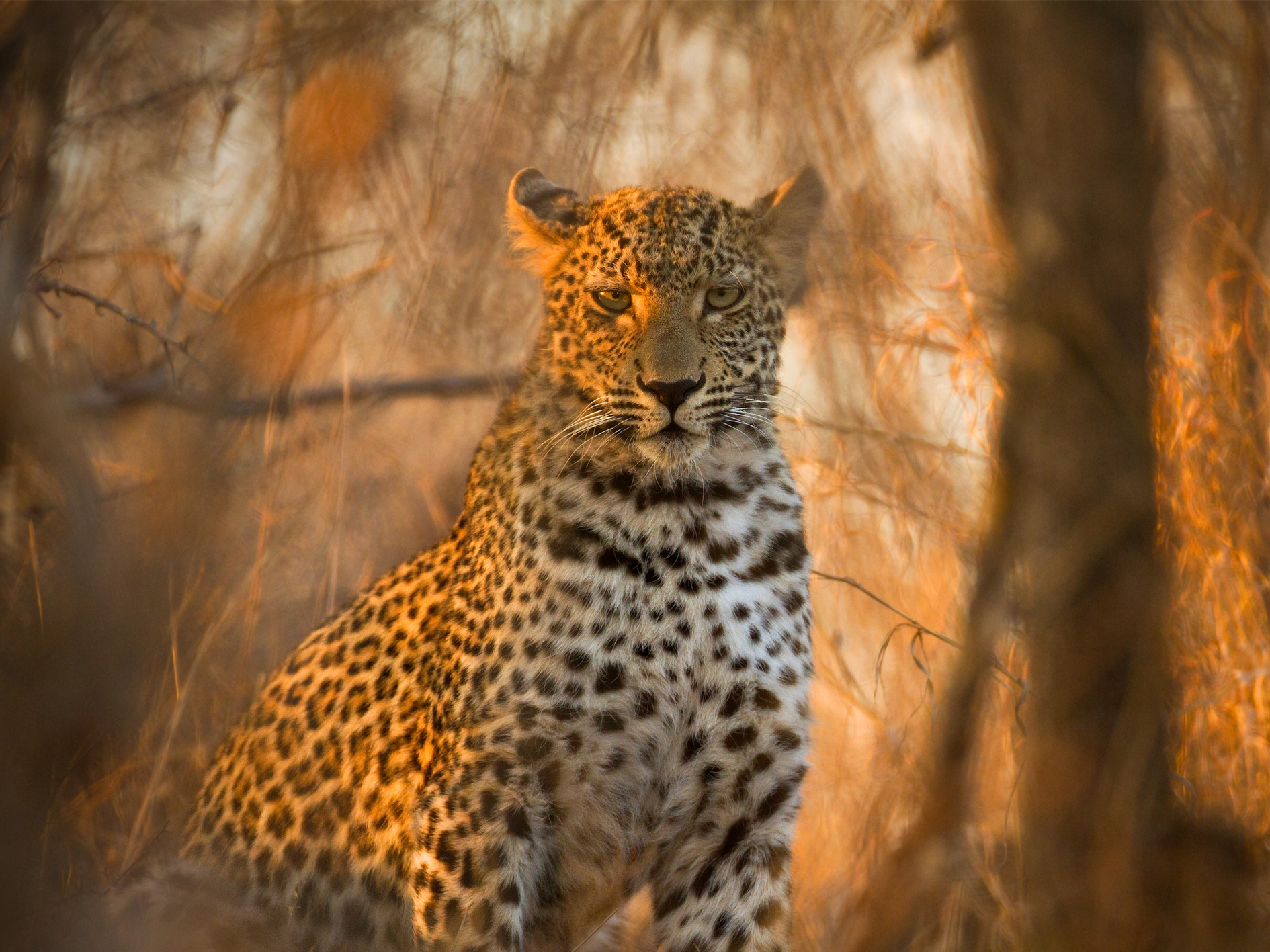
Best places to see Leopard
The African leopard is often one of the hardest to find when on safari. These elite hunters are generally solitary creatures (with the exception of times of mating and when rearing their young). Spending most of their day sleeping in trees, these nocturnal cats hunt for their prey at night often using ambush as their successful means of attack. Athletic and strong, it is not uncommon for a leopard to drag its prey that can be 3 times the weight of their own body weight up a tree for safe dining – away from other leopards and the scavenging hyena. Being fiercely territorial, leopards protect their hunting territory ruthlessly from other leopards using the spray of urine and claw marking on trees to make their presence known. Territory size for the leopard is markedly bigger for the males (up to 30 sq miles) than the females (around 6 sq miles) and overlap of territory is common place between males and females but never between just the males.
Our picks for spotting leopard
Serengeti (Tanzania): With a healthy leopard population, the Serengeti is still one of the best places in East Africa to see leopard. Particularly along the river valleys including the Seronera Valley in the centre of the Serengeti.
Lake Nakuru National Park (Kenya): Nakuru does not have a large number of lions making the leopard a more important resident . Interestingly they are commonly seen in the day here and with the great number of fever trees with their thick branches make it ideal for daytime leopard lounging.
Sabi Sands Game Reserve (South Africa): Home to the highest density of leopard in the world, Sabi Sands is considered one of the best places to see leopard. You can’t visit for the day, you must stay at one of the many lodges here. Although we can’t prove it – they say leopard sighting is almost guaranteed!
South Luangwa National Park (Zambia): South Luangwa is one of the only national parks that allow night safari drives. So naturally your chances of seeing these nocturnal hunters are greatly increased and sightings are extremely common.
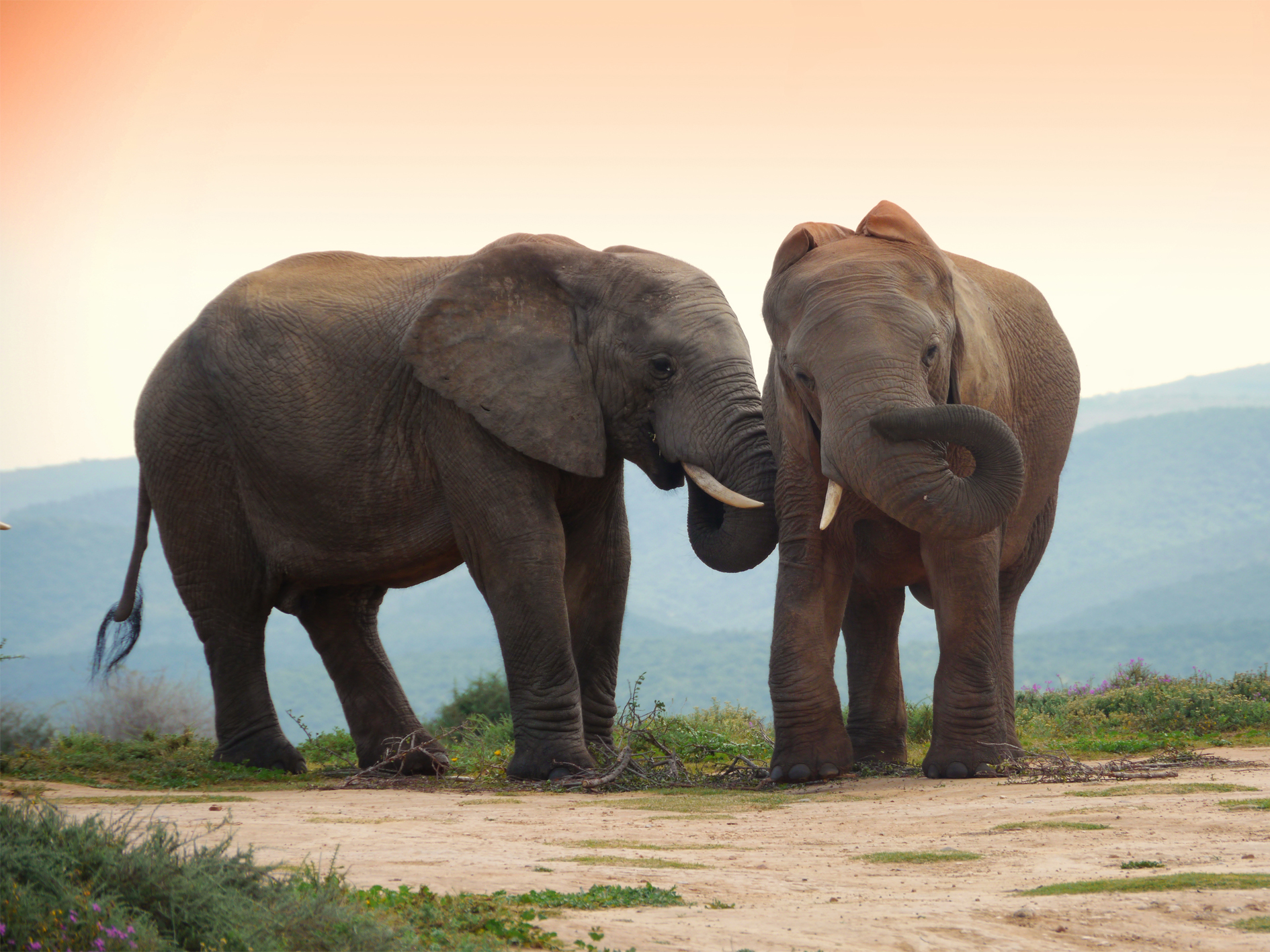
Best places to see Elephant
The giants of the savannah – African elephants are the world’s biggest land mammal. Weighing up to 6 tonnes and reaching heights of over 3 meters high and 7 metres long – it’s not hard to see why. One of Africa’s most iconic animals, the elephant is often one of the most seen of the Big Five. These incredible creatures live in big herds and famously enjoy a matriarchal society. The female elephants are in charge. They lead the herd often for decades at a time and make all the choices of where to go, when to eat, how long to stay anywhere, how to deal with any potential danger and are hugely respected by their herds and sorely missed when they die. Male elephants generally leave the herd when they reach puberty (typically 13 – 14 years old) and join fellow bachelor elephants until the age of 30 when they begin to look for a mate. The gestation period of an elephant is an incredible 22 months and elephants can live up to 70 months.
Our picks for spotting elephant:
Chobe National Park (Botswana): Said to be home to between 50 - 70’000 elephants (particularly in the dry season), Chobe National Park is undoubtedly one of the best places in Africa to see elephant. Not only does it have the highest population but also some of the biggest elephants physically.
Addo Elephant National Park (South Africa): A sanctuary to over 600 elephants, Addo has now become South Africa’s third biggest national park. Starting up in 1931 when only 11 elephants remained in the area – it’s one of the most memorable and interesting places to see elephant.
Hwange National Park (Zimbabwe): Being so close to Chobe National Park, Hwange is also home to lots of elephants. Happily travelling freely from Botswana to Zimbabwe using the Chobe and Zambezi Rivers as a foraging ground.
David Sheldrick Wildlife Trust (Kenya): Located in the capital Nairobi, the David Sheldrick Wildlife Trust cares for many orphaned baby elephants. There is an elephant nursery open for an hour a day when the baby elephants come in from the bush for milk and water play!
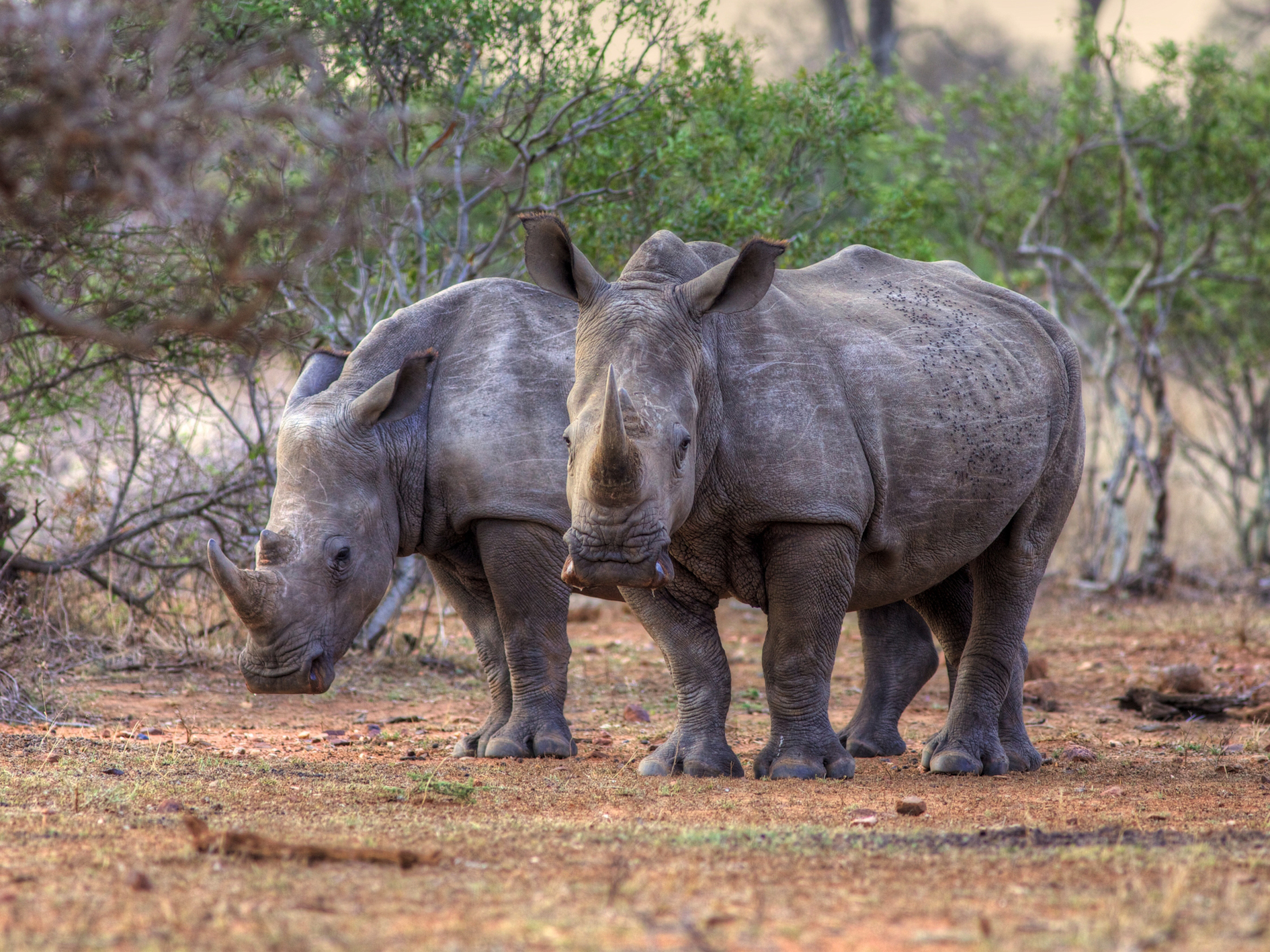
Best places to see Rhino
Divided into two distinct species, the rhino is the world’s second largest land mammal. The more common of these rhinos is the white rhino, so called from the Dutch settlers, the Boers who came to Africa and referred to it by its wide or ‘wyd’ mouth. It has nothing to do with colour. In order to differentiate between the two species the second was naturally called the black rhino. Both species are in fact grey in colour. The white rhino is the heavier of the two – sometimes weighing in at an impressive 2500 kg whereas the black rhino peaks at 1400kg. Rhinos love to wallow in the mud and are often seen caked in the stuff – the reason for this is twofold – the mud acts as a very good bug repellent and sunscreen! Rhinos only bear one calf per birth whom they are hugely protective of. Interestingly the female white rhino will always keeps its calf in front of her whereas a black rhino will always keep it behind her. The black rhino is considered the more dangerous of the two due to its very volatile nature. It is also the more elusive and solitary than the white rhino.
Our picks for spotting rhino:
Etosha National Park (Namibia): Quite possibly one of the best places to see Namibia’s wildlife at night is at Etosha’s Okaukuejo waterhole. Black rhino are frequently seen here and even more so in the dry months.
Lake Nakuru National Park (Kenya): Although most famous for its flamingo, Nakuru is home to both the black and white rhino. The white rhino are more easy to spot but if you stay at a lodge or camp in the park and go out first thing you’re increasing your chances of seeing black rhino.
Hluhluwe-Umfolozi Park (South Africa): One of the pioneer’s in rhino conservation, Hluhluwe in Zululand is a very popular self-drive destination. It has had fantastic success in rhino conservation and also looks after young rhinos who have been orphaned.
Ol Pejeta Conservancy (Kenya): As East Africa’s largest black rhino sanctuary, Ol Pejeta is home to a great number of free roaming black rhino. It is also home to four of the last seven northern white rhinos in the world as well as Barake, a blind black rhino rescued by the conservancy.

Best places to see Buffalo
Not to be confused with the water buffalo from Asia; the Cape or African buffalo is a far more fearsome and dangerous bovine. Unlike its Asian cousins this buffalo has never been tamed. And although it lacks the teeth of lions and the size of elephants, the buffalo is considered to be the most dangerous member of the Big Five, thanks to its complete unpredictability.
Buffalo are social creatures and they roam the plains of Africa in giant herds, sometimes up to 500 animals strong. It is easy to spot when compared to more elusive animals such as the rhino and leopard - you will definitely see plenty of buffalo on safari. The males sport an impressive set of horns, which are used mainly for fighting and protecting the herd – sometimes from lions. In fact, lions trying to hunt buffalo often bite off more than they can chew, it is not unknown for stampeding buffalo to kill lions, or for members of the herd to rescue fellow buffalo from the jaws of a lion. Better stick to zebra!
Our top picks for spotting buffalo:
Kruger National Park (South Africa): Way back in 2007, a herd of buffalo in Kruger National Park gained international fame when videoed rescuing a calf from the jaws of both lions AND crocodiles. The video has racked up an incredible 86 million views - view it here! You can find buffalo all over Kruger, but more so in the north and south.
Serengeti (Tanzania): Although buffalo are not the number one reason to visit the Serengeti, it is a great place to find them as they attract impressive herd numbers during the migration season (July to November). At this time you won’t be hard pushed to find herds of 1000 plus!
Chobe National Park (Botswana): Buffalo can be found all over Botswana. It is not uncommon to see them in their 100’s drinking along the Chobe River during the winter’s dry season (May – October).
Ngorongoro Crater (Tanzania): As with most of the big parks in East Africa, the Ngorongoro Crater also attracts good numbers of buffalo. Being quite bold creatures they have been known to get quite close to people camping on the rim of the crater – so be careful!
Big 5 Safari Tours
Whether you're looking for an overland camping expedition from one end of Africa to the other or a comfortable small-group lodge safari with less travel, we've got the perfect selection of tours for all tastes and budgets. From Kenya and Tanzania in east Africa to Namibia and Botswana in the south, our tours take in the very best safari destinations with plenty of opportunities to spot the Big 5. Here's some of our favourite and most popular Big 5 safari tours.
Our Africa travel styles
We offer a range of different trip types in Africa. From overland camping tours to lodge safaris and everything in between. As well as group trips, we also offer a selection of private safaris and those suitable for families with children aged 8 and over. Discover our different Africa travel styles below.
African Travel Guides
Find more inspiration and information about Africa to help you choose the right tour for you.


